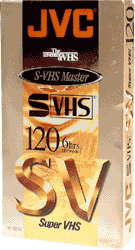MST3K on DVD |
Updated 2003-8-15 |
By the way, do you have a better background image for this page?

|
|
USPS within the continental US |
doesn't include PayPal fee |
| BeAll (Samsung spin-off) Disk | N/A |
$2.10 Includes jewel case |
| Mailer | N/A | $0.50 |
| 1 disk in 1 case | $1.06 | $3.66 |
| 2 disks in 1 case | $1.06 | $5.76 |
| 2 disks in 2 cases | $1.52 | $6.22 |
| 4 disks in 2 cases | $1.75 | $10.65 |
| 4 disks in 4 cases |
$3.85 Priority Mail |
$12.25 |
| 8 disks in 4 cases |
$3.85 Priority Mail |
$20.65 |